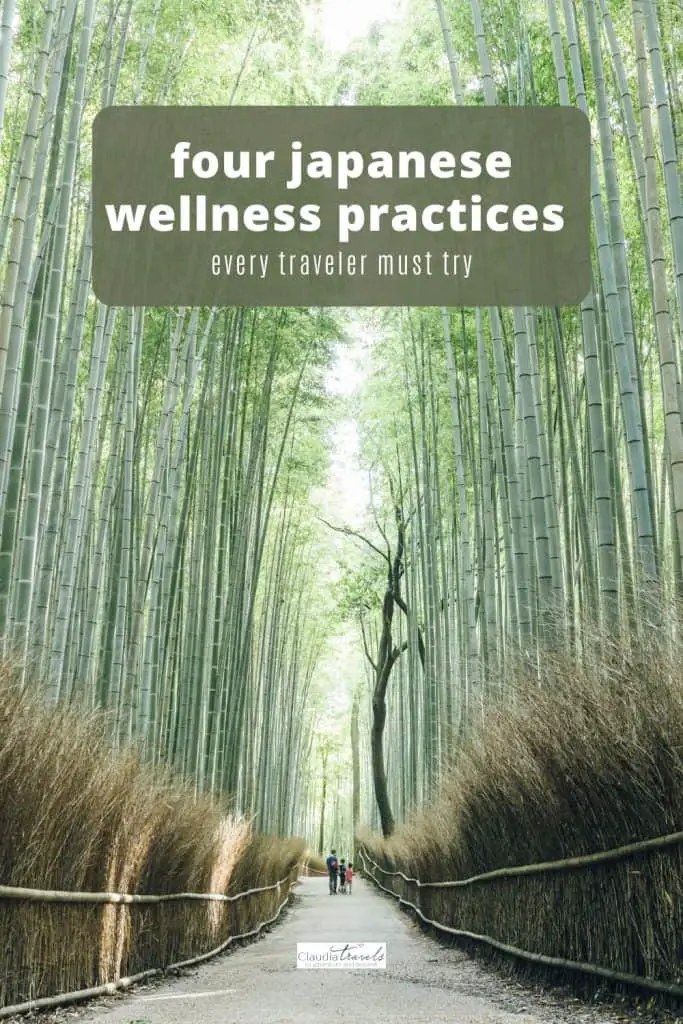After the stresses of the early 2020s, it’s no surprise that self-care and wellness have moved to the top of the priority list as we start traveling again. Recent research shows that 41% of travelers are looking for a sense of contentment and well-being on their next trip. In Japan, and centers like Tokyo and Hokkaido, wellness practices and experiences are a way of life, and as close as the nearest forest, spring or temple.
Japan is a destination known for mindfulness and meaningful experiences that can help travelers slow down, disconnect from technology, feed their spirits, and commune with nature. And the country is taking steps to make it easier for international visitors to enter once more, lifting some of the strictest tourism restrictions since the pandemic began.
Japan’s wellness practices are steeped in local tradition and history, giving visitors both a genuine cultural experience and a way to improve their mental and physical well-being. These four authentically Japanese practices are something that every wellness traveler should experience while visiting the Land of the Rising Sun.
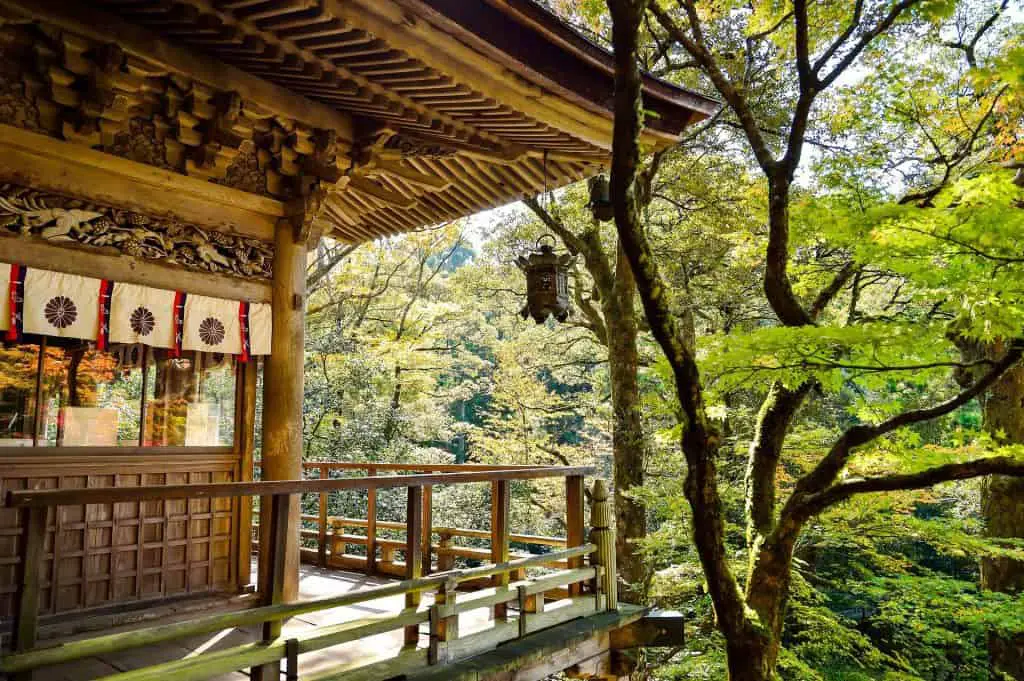
Four Japan wellness practices that every traveler must experience
Shinrin-Yoku – Forest Bathing
The Japanese practice of shinrin-yoku or “forest bathing” was introduced in the 1980s as an antidote to the country’s increasingly urban, indoor lifestyle. Its popularity exploded around the world during pandemic times, as people sought self-care opportunities and refuge in nature.
The concept is simple: disconnect from technology, immerse yourself in nature, and engage your senses. Forest bathing involves all the senses. From listening to the sounds of the forest, breathing in the cool air, and seeing the beauty of the trees and landscape around you. The key is to be present in the moment and in the place for this Japan wellness practice.
Forest bathing has been shown to slow your heart rate and decrease depression, fatigue and anxiety. Proving that nature therapy really does wonders for the spirit, mind and body. The health benefits are so substantial that Japanese (and now Canadian) doctors prescribe shinrin-yoku to their patients.
The most serene spots for forest bathing in Vancouver
The country’s national parks are filled with opportunities to practice Japanese forest bathing. While anyone can choose a path and immerse themselves in nature, there are guided and semi-guided options available.
In the eastern part of Hokkaido, Akan Mashu National Park is a perfect destination for those seeking to explore Japan off the beaten path. This is one of the oldest and most historic parks in the country, and a great place for forest bathing.
Here, you can wander through a forest of subarctic coniferous trees and two picturesque lakes – Akan and Mashu – which were formed by volcanic activities. The park is rich in biodiversity, including a unique algae species called “marimo,” which look like giant green fur balls.

Forest Bathing Tips
- Turn off your devices and tune all five of your senses into nature. Enjoy the light dancing on the forest floor; the ferns pushing their way up through the undergrowth; the tree canopy swaying in the breeze.
- Breathe in the smell of the forest air and wet earth. Feel the rough bark of the trees, the velvet softness of flower petals, and the crunch of twigs beneath you. Taste the fresh, cool air of the forest and listen to the wind in the leaves and the birds chirping.
- Be present. Let go of the need to be productive. You don’t need to count steps or feel as though you’ve had a workout. There is no goal. Let go of the need to share the experience with the outside world.
Japanese Onsen (hot springs) Experiences
Japan’s love affair with hot springs, or onsen, stretches back thousands of years. There are legends of people discovering hot springs after seeing animals healing their injuries in the mineral-rich waters.
Relaxing in the thermal waters of an onsen (hot spring) is a quintessentially Japanese experience. Fed by volcanically heated hot water rich in minerals, onsen are equal parts relaxing, healing and spiritual.
There are more than 3,000 registered hot spring resorts across the Japanese archipelago. Many are the result of volcanic activity within the national parks. This natural phenomenon can be experienced in both summer and winter, by the beach or up at a ski resort. The widespread availability of onsens in Japan is enticing to anyone who loves to sit and soak.
Hot spring alternatives
Not interested in getting wet? No problem. Not all hot springs involve soaking your entire body. Sand baths are a popular Japan wellness practice, and ideal to relax tired muscles without taking all your clothes off.
These unique baths use steam from underground hot springs to heat the sand, creating a warm, enveloping ‘bathing’ experience. You can experience the unique sensation of being gently buried in hot sand in Kirishima-Kinkowan National Park in Ibusuki.
There are many hot spring resorts and towns within Japan’s national parks. They offer accommodation and relaxation after a day of exploring the great outdoors. There are far too many to mention, but in Hokkaido, Akan-Mashu National Parkhas several hot spring resorts, including Kawayu Onsen and Akanko Onsen.
The onsens serve as excellent bases for exploring nearby lakes and peaks. Shikotsu-Toya National Park is located an hour’s drive from Sapporo. It has several active volcanoes that heat the area’s springs. They include Shikotsu Onsen on Lake Shikotsu and Noboribetsu Onsen near Jigokudani (Hell Valley).
Other popular Hokkaido hot springs include; Jozankei, Lake Toya, Kawayu, Sounkyo and Yunokawa onsens.
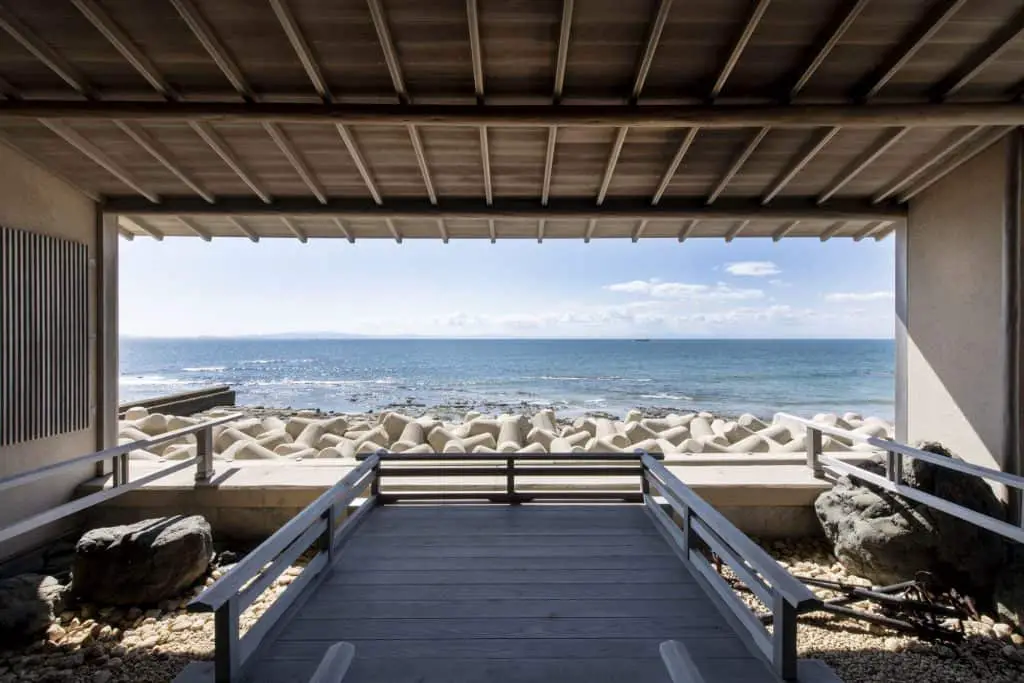
Hot spring basics
It’s natural to feel a little awkward the first time you bathe in an onsen. These basic tips will help ease your hot spring journey.
- Men and women bathe separately (except at specific outdoor hot springs, where bathing suits or towels are permitted)
- You’ll need to thoroughly wash with soap and water before entering the water
- Get ready to get naked. Bathing suits are not permitted in an onsen (the exception being at some public onsen where everyone can bathe together). There is usually a changing room where you can put your clothes in a basket before moving to the bath area.
- The water will probably be hotter than you think, so ease in slowly and relax, without splashing or swimming.
- Visible tattoos are not permitted in public spaces, although some private hot springs may allow them.
Zen Meditation
Ready to take your meditation practice from your smartphone and into real life? You can build on meditation skills by joining a session at Buddhist temples and taking a Japan wellness retreat.
In Zen Buddhism, meditation is practiced to gain enlightenment and self-realization. Once associated with Buddhist monks and other religious devotees, meditation is now widely embraced by those seeking self-care and mindfulness benefits, better sleep, and to reduce anxiety and depression.
Learn new techniques by joining a sesshin, a group meditation at a temple that is open to the public. Here, you’ll learn how to incorporate aspects of Zen into your life before being guided through a meditation session.
You’ll also get a chance to explore the temple grounds and engage in other Zen activities. Reservations are usually needed to join, and English sessions are available in many places around Japan (note: it varies from temple to temple).
Some locations offer daily Japanese wellness practice in meditation while others have only one lesson per week. Do your research and plan before you go. Nearly all Zen temple grounds feature gardens that can be explored before or after your session to calm and focus the mind.
Zen Meditation in Hokkaido
Japanese Gardens, tea ceremonies and even martial arts can trace their roots back to Zen. In Hokkaido, the traditional Japanese Gardens and Hasso-an (its Tea House) is said to have been designed by the tea master Enshu Kobori (1579-1647). It was originally built in Shiga Prefecture. In 1919 Hasso-an was moved to Sapporo where it is located in Nakajima Park Japanese gardens, opened in 1963.
This tranquil garden has a small pond inside and a collection of stone lanterns modeled on famous originals from around Japan. It is a relaxing place for meditation. It is particularly beautiful in autumn, when you can admire the beauty of the changing leaves.
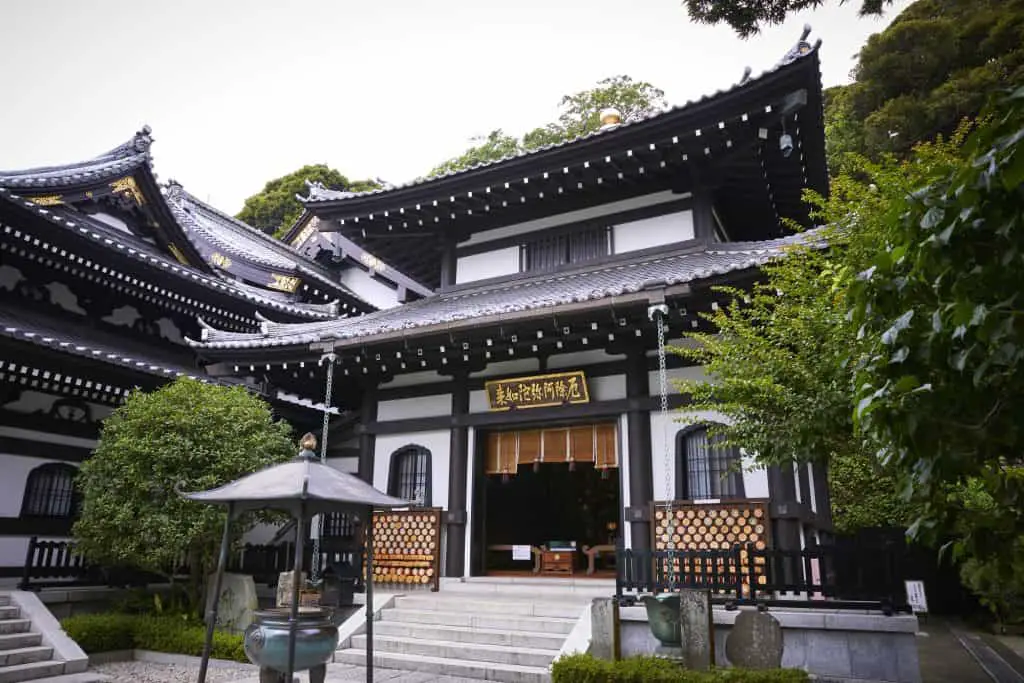
Shojin Ryori – spiritual vegetarian soul food
All that forest bathing, onsen soaking and meditation can work up an appetite, both for the body and the spirit. For those who want to delve further into their spiritual side, a one- or two-night shukubo (temple stay) offers a unique cultural Japan wellness practice experience.
A temple stay isn’t going to be five-star, but it will be comfortable and pleasant. For many, the food is a big reason why. Known as shojin ryori, the meals at Zen Buddhist temples are simple and vegetarian, a welcome change in a land where the focus on meat and fish is a given.
Shojin ryori is found almost exclusively in Buddhist temples. Know that it’s not a feasible option for fueling your entire vegetarian or vegan journey to Japan unless you’re staying at shukubo (temple lodgings) the whole trip.
Accompanied by rice, pickles, and a vegetable soup, every meal is based on the “rule of five.” Meals include five colours (black, white, green, yellow and red) and five tastes (sweet, salty, sour, bitter and umami). The result is food that is as picture-perfect as it is delicious and healthy. Any way you taste it, this is a fun cultural experience for vegetarians and meat-eaters alike.

Tips for Vegan and Vegetarian Eating in Japan
- The Japanese word for vegetarian is bejitarian. It may be helpful to download certain menu items in Japanese onto your smartphone to easily show what you want to order while traveling in Japan.
- Visit konbinis (convenience stores) for a surprising goldmine of cheap and cheerful plant based snacks, perfect for when you’re in a bind. Rice balls (onigiri) can be found in the fridge sections. Look for those filled with umeboshi (sour pickled plum) and kombu (dried kelp) options.
- For on-the-go protein, natto (fermented soybean) is available in ready-to-eat packages; but note that the accompanying sauce is often dashi (fish stock).
- Tofu is available in multiple forms in Japan – in soups, fried in sauces, and sauteed with vegetables. Other great dishes include vegetable tempura, tsukemono (pickled vegetables), nasu dengaku (miso-marinated grilled eggplant), zaru soba (boiled and chilled buckwheat noodles), kappa maki (seaweed sushi rolls with cucumber), and takuan maki (daikon sushi rolls).
- Packaged beans, edamame, garden salads and inarizushi (rice in a tofu pocket) are also great veggie options.
- Vegetarians have a few more options, including cheese strings, tamago (egg omelette) and lots of pastries to choose from.
Pin for Later

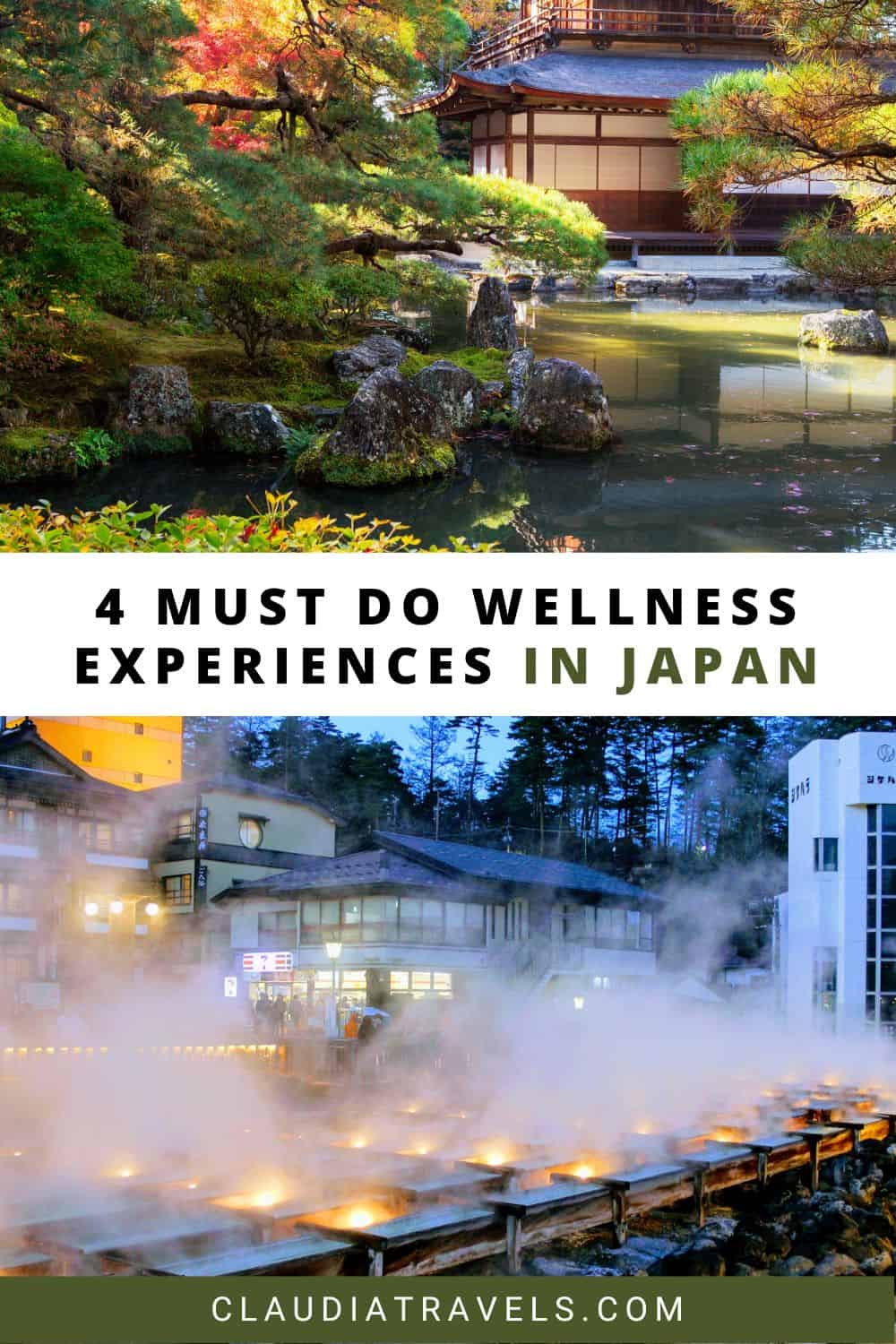
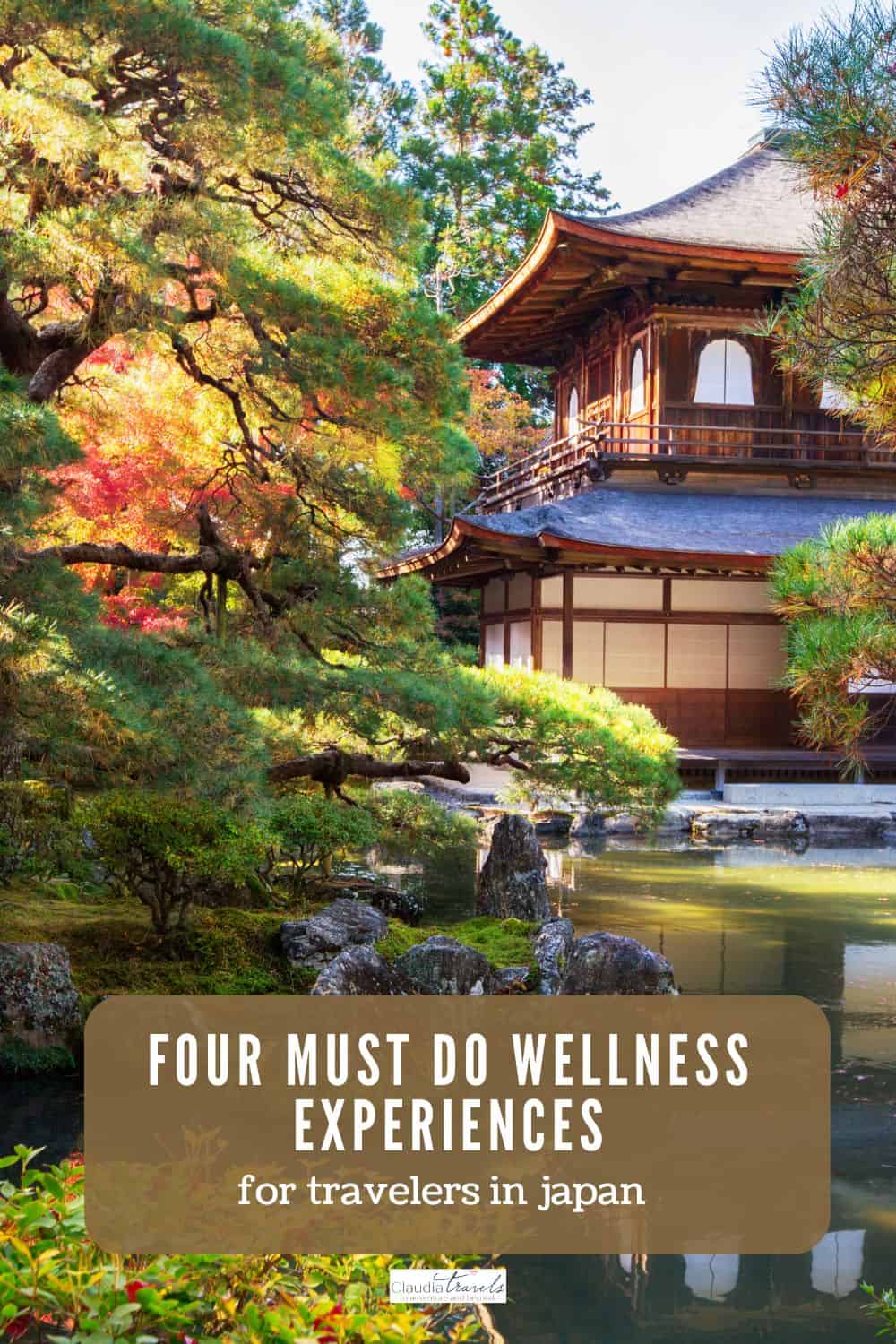
Photo credits: JNTO; Pixabay
- I hiked the Fjällräven Classic and here’s how you can too - June 27, 2024
- 2024 TMAC Awards: story time from The Rock - June 17, 2024
- 7 Steps to Planning Multigenerational Travel - May 31, 2024

